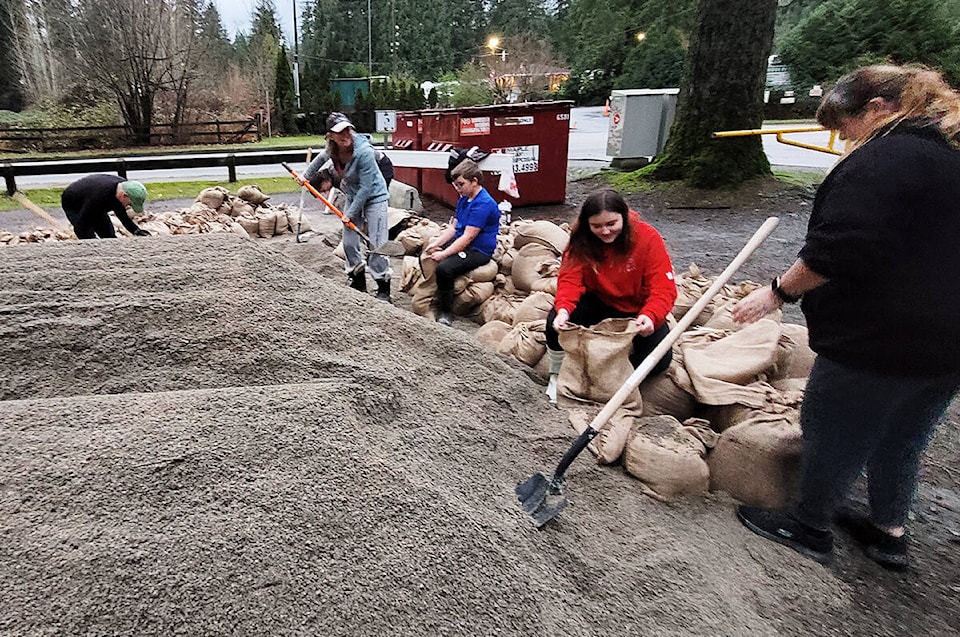Right now, there’s no reason to think that a catastrophic Fraser River flood will hit the Lower Mainland this summer.
Back in 1948, one of the most devastating floods in B.C.’s history struck when warm spring weather rapidly melted snow on the Interior mountains.
The Fraser rose, the dikes were breached, and the equivalent of more than $215 million damage was done, in modern values.
Now, of course, there are even more buildings, roads, and critical infrastructure in the path of a potential flood, including in parts of Pitt Meadows and Maple Ridge. The population of the communities has grown exponentially since then.
There have also been some improvements in our flood protection infrastructure over the last few decades. A number of high-water scares have led to governments investing in dike upgrades in recent years, and in some parts of the Lower Mainland, pumps have also been boosted.
But last November’s catastrophic floods, caused by atmospheric rivers, show that in an era of climate change, we can’t rely on past estimates of damage to guess what the future will hold.
There were simply no precedents in modern history for that much rain hitting that fast across that wide an area. Only if we had prepared in advance for the absolute worst-case scenario would we have been remotely ready to deal with what hit B.C. last fall.
READ ALSO: New riding doesn’t pass muster
This year, we’ve had cool temperatures and plenty of rain. Despite that, snow packs in the key areas that feed the Fraser River are only a little above normal.
Barring a sudden Pineapple Express weather system or a sharp heat wave, the snow that’s on the mountains from here to the headwaters of the Fraser should melt at a manageable rate of speed.
However, even a manageable flood can pose risks for those living on the floodplain. Damaged crops and flooded roads are a real possibility around this time of year.
We know that, if it isn’t this year for the big flood, it’ll be next year, or the year after that, or 10 years from now. The question is not, “Will there be a flood?” The answer to that question is always “Yes, someday.” The real question we have to ask, this spring and throughout the year to come is “What can we do to be better prepared?”
It’s a question that has to be put to our elected officials, regularly and more often.
Climate change means higher temperatures, but also more unpredictable weather patterns. If our world continues to be unpredictable, we have to be ready for wild swings, and for another re-run of flood years like 1948.
